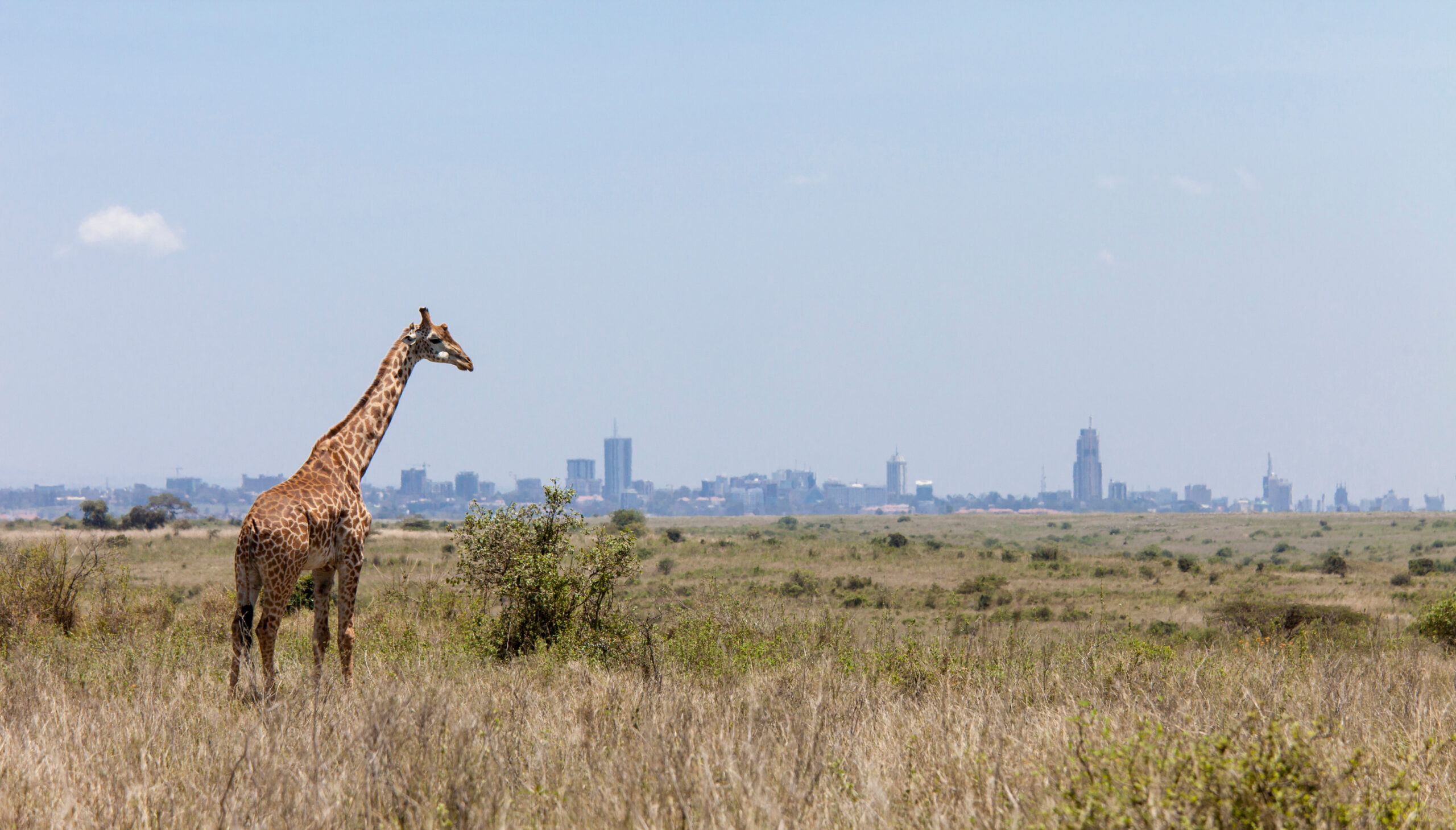Protecting the planet’s biodiversity is central to the mission of zoos & aquariums, and our profession is uniquely poised for impact through strategic, coordinated action. Awareness and understanding of the most urgent needs, changing political landscapes, and innovations in ex-situ and in situ strategies are critical to progress towards healthier ecosystems. We joined Dr. Kira Mileham, Ph.D., Director of IUCN SSC Strategic Partnerships, in a conversation on the most pressing issues facing global conservation today.
Key Takeaways
There Is Reason to Be Hopeful
With the immense need before us in global conservation, it’s all too easy to fixate on obstacles, challenges, and conflicts. However, there is reason to be hopeful. Dr. Mileham celebrated recent successes in increased strategic, coordinated action around the globe, including AZA SAFE (Saving Animals from Extinction). SAFE has made significant strides in adopting a more strategic approach within the AZA community and intentionally integrating in-situ community engagement into both political and programmatic discussions. Uniquely at the intersection of humans and wildlife, Zoos and Aquariums have enormous potential to ignite a passion for conservation in communities around the world.
Conservation Strategies Are Increasingly Data-Driven
Improved data accessibility and large-scale data collection are revolutionizing the field of conservation. With the ability to gather and analyze vast amounts of data across multiple disciplines, the speed at which scientists are learning about ecosystems, species populations, and environmental trends is accelerating. Emerging, cutting-edge technologies such as genetic sequencing and environmental DNA (eDNA) analysis are augmenting traditional data collection strategies and enhancing conservationists’ understanding of ecosystems and conservation priorities. With this growing repository of data and innovative technology, Zoos & Aquariums may recognize an opportunity to critically assess past, present, and future conservation initiatives for impact instead of just dollars and have the courage to change course when strategies are proven insufficient.
Biodiversity Requires a Systemic Solution
The current rate of species extinction is alarmingly outpacing traditional conservation strategies, with the Intergovernmental Science-Policy Platform on Biodiversity and Ecosystem Services (IPBES), the global assessment report on biodiversity and ecosystem services published in 2019, estimating the current rate of species extinction to be tens to hundreds of times higher than the average extinction rate over the past 10 million years. The report highlighted that approximately one million species are threatened with extinction, many within decades if significant action is not taken.
Dr. Mileham emphasizes that preventing extinction requires systemic solutions that reduce the immediate and impending risks to species. Many governments and non-governmental organizations have disparate strategies for the interconnected leading issues facing species today – habitat loss, climate change, and overexploitation – with arguably a majority of resources being directed towards climate change. These climate change strategies rarely address immediate threats. We must seek opportunities to protect biodiversity through systemic solutions, such as incentivizing practices that build biodiversity in much the same way as carbon credits, the installation of solar panels, recycling appliances, and driving electric vehicles. Zoos and Aquariums, too, must embed policies and practices in their operations to cultivate hotspots of thriving local biodiversity.
We Need to Be in the Room Where it Happens
We’ll say it. Zoo & Aquarium conservation can be insular and prideful. There are instances in which this community reinforces its own beliefs without considering alternative viewpoints or resists critical partnerships because of conflicting personalities or competitive acclaim. Dr. Mileham suggests that for effective species recovery, a “mission first, brand second” approach is essential and that meaningful and sustained impact cannot be achieved without diverse collaboration that extends beyond traditional partnerships. For example, Kira asks herself “How can IUCN establish a presence at the World Economic Forum and become more involved in politics and economics?”. We must broaden our perspective and look for unconventional allies in the fight for species recovery.
Practical Application
Dr. Mileham encourages Zoos & Aquariums to critically assess their organization’s unique skills, assets, and resources before embarking on new initiatives or building their conservation strategic plan. With this information, organizations can determine where and how they will have the greatest impact.




